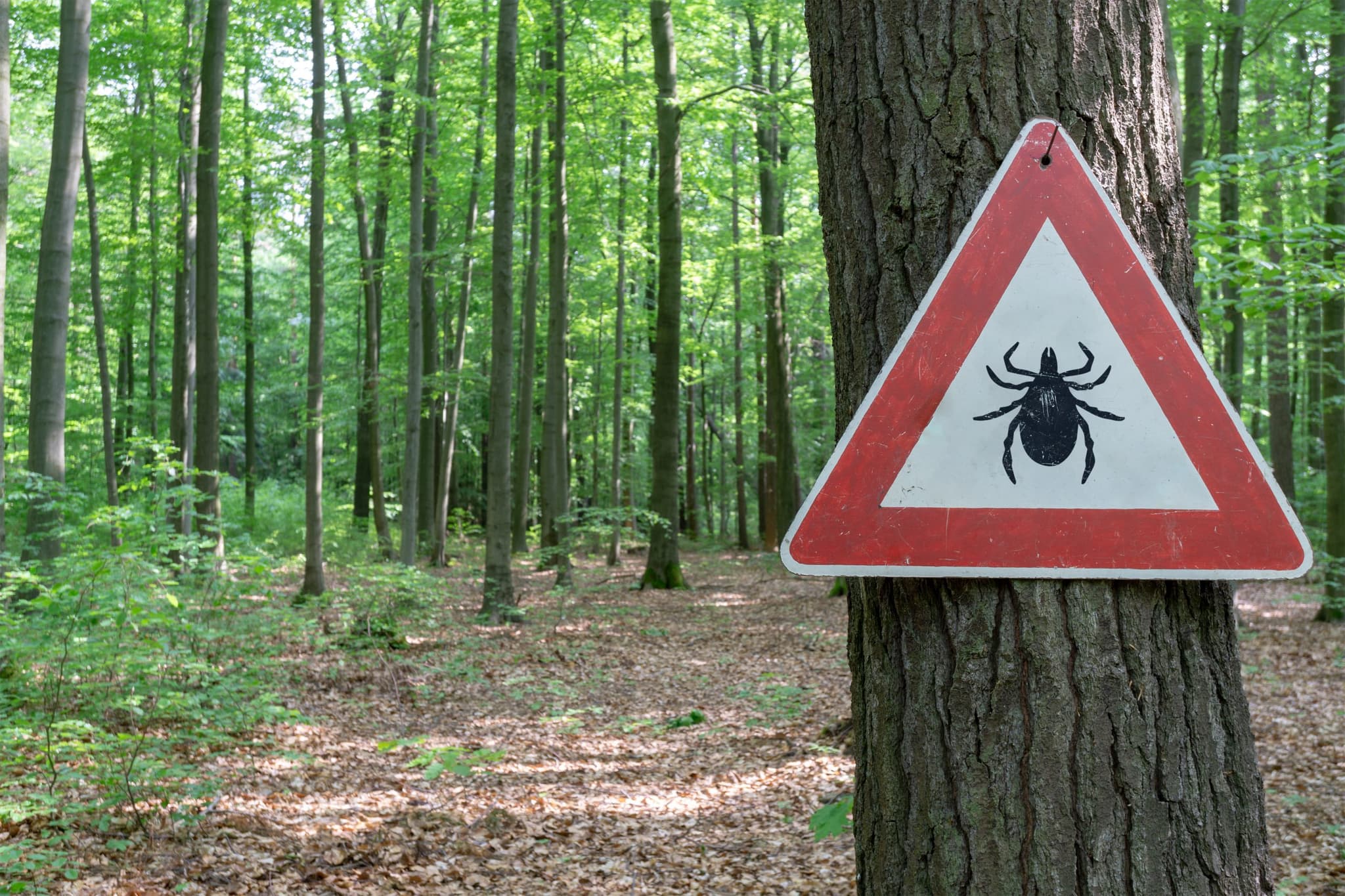
2025-11-21T14:10:25
How to Prevent Gestational Diabetes
- Family Medicine
- Internal Medicine
- OB/GYN
March 10, 2025 | Family Medicine • Pulmonology
Specialties:Family Medicine • Pulmonology (Respiratory Care)

Walking pneumonia, a non-medical term, refers to a milder form of pneumonia caused by certain bacteria, viruses, or fungi. Unlike traditional pneumonia, which can lead to severe symptoms and hospitalizations, walking pneumonia typically allows individuals to continue daily activities, hence the term “walking.”
Walking pneumonia is most commonly caused by Mycoplasma pneumoniae, a type of bacteria. It spreads through respiratory droplets when an infected person coughs or sneezes. Symptoms can include:
These symptoms often mimic a cold or mild flu, making it harder to diagnose without a medical evaluation. While walking pneumonia is rarely life-threatening, it can lead to complications in young children, the elderly, or those with weakened immune systems.
Recent data from the Centers for Disease Control and Prevention (CDC) highlights a notable increase in cases of Mycoplasma pneumoniae infections. Starting around the spring of 2024, there has been an increase in test positivity from 0.7% to 3.3% (in all age groups). Several factors may contribute to this rise:
Preventing walking pneumonia involves good hygiene practices such as regular handwashing, covering your mouth when coughing, and avoiding close contact with sick individuals. Vaccines for bacterial pneumonia do not cover Mycoplasma pneumoniae, so prevention largely relies on reducing transmission.
If you suspect you have walking pneumonia, please consult one of our expert healthcare providers at Revere Health. Treatment often includes:
Walking pneumonia may be mild, but its potential to spread quickly and affect vulnerable populations warrants attention. For the latest updates on respiratory infections and prevention, visit the CDC’s official page.

WRITTEN BY:
Jared Anderson
Jared is currently an intern at Revere Health focusing on Marketing. He is currently completing his Bachelor’s of Science in Marketing at Brigham Young University, with an expected graduation date of December 2024. He brings a strong analytical approach to his role as a Marketing Intern. While he isn’t dominating at work, Jared loves to explore the outdoors, play and watch sports, and read. These activities reflect Jared’s go-getter personality both at work and in his home life.

2025-11-21T14:10:25

2025-11-03T11:32:24

2025-10-21T11:51:52

2025-08-20T16:07:59
This information is not intended to replace the advice of a medical professional. You should always consult your doctor before making decisions about your health.